5 Bank Stocks to Buy for a Rising-Rate Environment
The Federal Reserve is widely expected to raise interest rates three times this year.
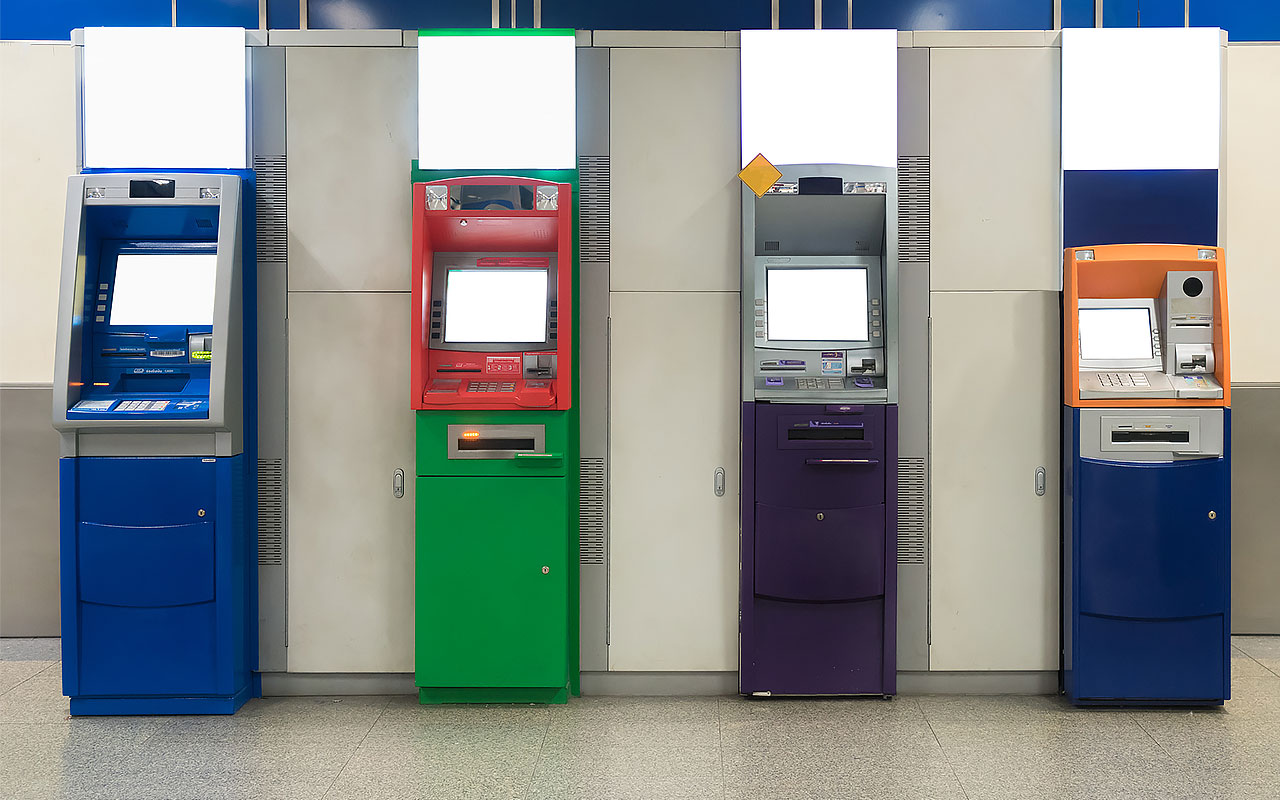
The Federal Reserve is widely expected to raise interest rates three times this year. In fact, the CME Group’s FedWatch tool even has been projecting a 25%-30% possibility of a fourth hike by the end of 2018. On the face of it, this could spell trouble for many dividend stocks that will have to compete with increasingly generous bond yields for attention. But bank stocks are one area of the market where rate increases would be welcomed with open arms.
Sure, in a small way, this is bad news for financial institutions that will have to pay customers more for their deposits. However, banks tend to pass only about a third of rate hikes onto customers in the form of higher interest on deposits. The real factor to consider is on the lending side of the equation. As interest rates improve, banks can charge more for loans. The difference between what banks pay out in interest and the interest they collect from loans is known as net interest margin (NIM).
Banks that can pass little of the rate hike on to their customers while earning much more from their lending operations should improve their NIM, and thus are strong targets in a rising-rate environment. Here are some bank stocks of varying sizes that should navigate this situation well.
Data is as of March 14, 2018. Companies are listed in alphabetical order. Dividend yields are calculated by annualizing the most recent quarterly payout and dividing by the share price. Click on ticker-symbol links in each slide for current share prices and more.
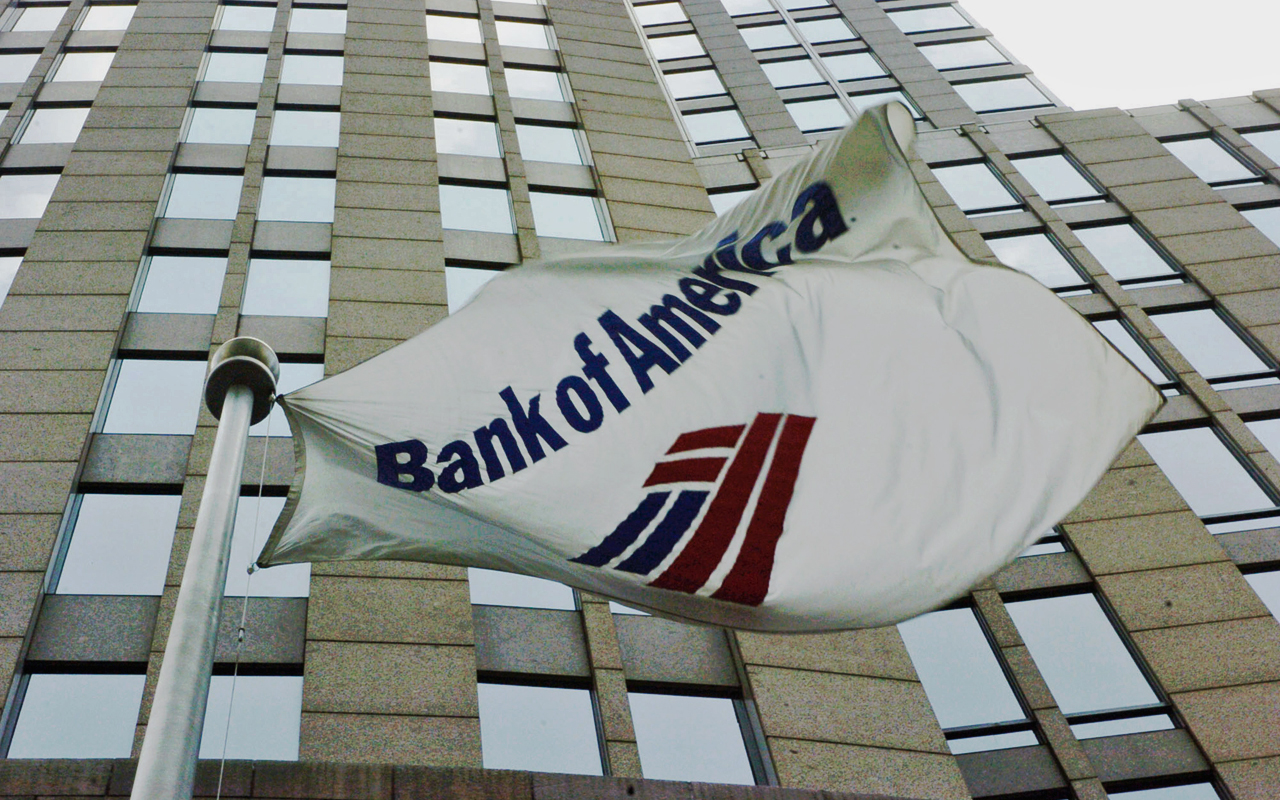
Bank of America
- Market value: $328.6 billion
- Dividend yield: 1.4%
In an environment of rising rates, Bank of America (BAC, $32.14) will benefit from a low-cost deposit base and so-called “switching costs.” Switching costs are the costs consumers bear in the form of time, efforts and expenses, switching from one supplier to another. In banking, switching costs can be high and depositors are reluctant to do so if they have mortgages, loans and credit cards at a bank. Switching costs enable Bank of America to pay nothing on approximately a third of its deposits – and such a low-cost deposit base promises to be highly profitable as rates rise.
In its second-quarter earnings release last year, Bank of America said that a 100-basis-point increase in short- and long-term rates would boost net interest income by $3.2 billion over the next 12 months. Even for a bank that has earned between $2.5 billion and $5.5 billion quarterly over the past year, that is substantial.
Following a second round of stress tests in July 2017, Bank of America raised its quarterly dividend from 7.5 cents per share to 12 cents – a 60% hike. Analysts at BMO Capital Markets think tax reform, higher rates and share buybacks could add nearly 20% to earnings per share. If that’s the case, that could help fund another generous dividend hike.
BB&T Corp.
- Market value: $42.5 billion
- Dividend yield: 1.9%
- BB&T Corp. (BBT, $54.67) is a large regional bank headquartered in Winston-Salem, North Carolina. Many of this bank’s deposits come from rural areas, where there is less competition and BB&T can offer lower rates. Analysts at Bank of America/Merrill Lynch expect the company’s efficiency ratio to improve, boosting margins.
Another reason for optimism is the company’s excellent management team. A testimony to the C-suite’s skills is that during the depths of the Great Recession, BB&T never reported a quarterly loss.
To be fair, the company does have a blemish on its dividend history, which dates back to 1995. That is, during the downturn, it reduced its payout from 47 cents quarterly to just 15 cents. However, it began re-establishing growth in 2016 and has now more than doubled the payout to its current 33 cents. Better still, it recently announced a 4.5-cent-per-share special dividend payable March 20.
BB&T appears to be re-committed to sharing its cash. That, combined with the benefit of higher interest rates, should serve BBT shareholders well.

Cadence Bancorp
- Market value: $2.4 billion
- Dividend yield: 0.4%
- Cadence Bancorp (CADE, $28.62), the smallest of the banks on this list at just $2.4 billion, is a regional bank with 66 branches in the Southwest, including in Alabama, Mississippi and Texas.
Cadence’s net-interest margin has improved significantly following previous rate hikes by the Federal Reserve. Reflective of its heavy commercial loan focus, 70% of the company’s loan portfolio is floating-rate, and interest rates on these loans will adjust higher following the three or more rate hikes expected of the Fed in 2018. Non-interest-bearing deposits increased to a quarter of all deposits in the fourth-quarter, tamping down the expense effect of higher rates. Cadence’s cost of deposits is well below 1%.
Accordingly, analysts at BMO Capital Markets expect the interest rate Cadence charges borrowers to outpace the rates it pays depositors.

Comerica
- Market value: $16.9 billion
- Dividend yield: 1.2%
Headquartered in Dallas, Texas, with $72 billion in assets, Comerica (CMA, $97.72) makes loans to businesses, individuals and business owners in Arizona, California, Florida, Michigan and Texas. It’s not the biggest name in banking, but shareholders appreciate the 22.7% average annual return the company has delivered over the past half-decade.
Comerica’s NIM has improved dramatically of late because many of the bank’s borrowers hold floating-rate loans. Looking ahead, these loans will adjust higher as the Federal Reserve hikes rates this year; as a result, CMA is expected to report better profits than its competitors.
Comerica should be able to raise the interest rate it charges borrowers while only slightly ticking up the rate it pays out on deposits. Bank of America/Merrill Lynch analysts believe the interest-rate outlook for regional banks like Comerica is positive. BMO analysts, meanwhile, write that Comerica’s net interest margin should materially improve during the first quarter of 2018, with more to likely come should March's anticipated rate hike become reality.
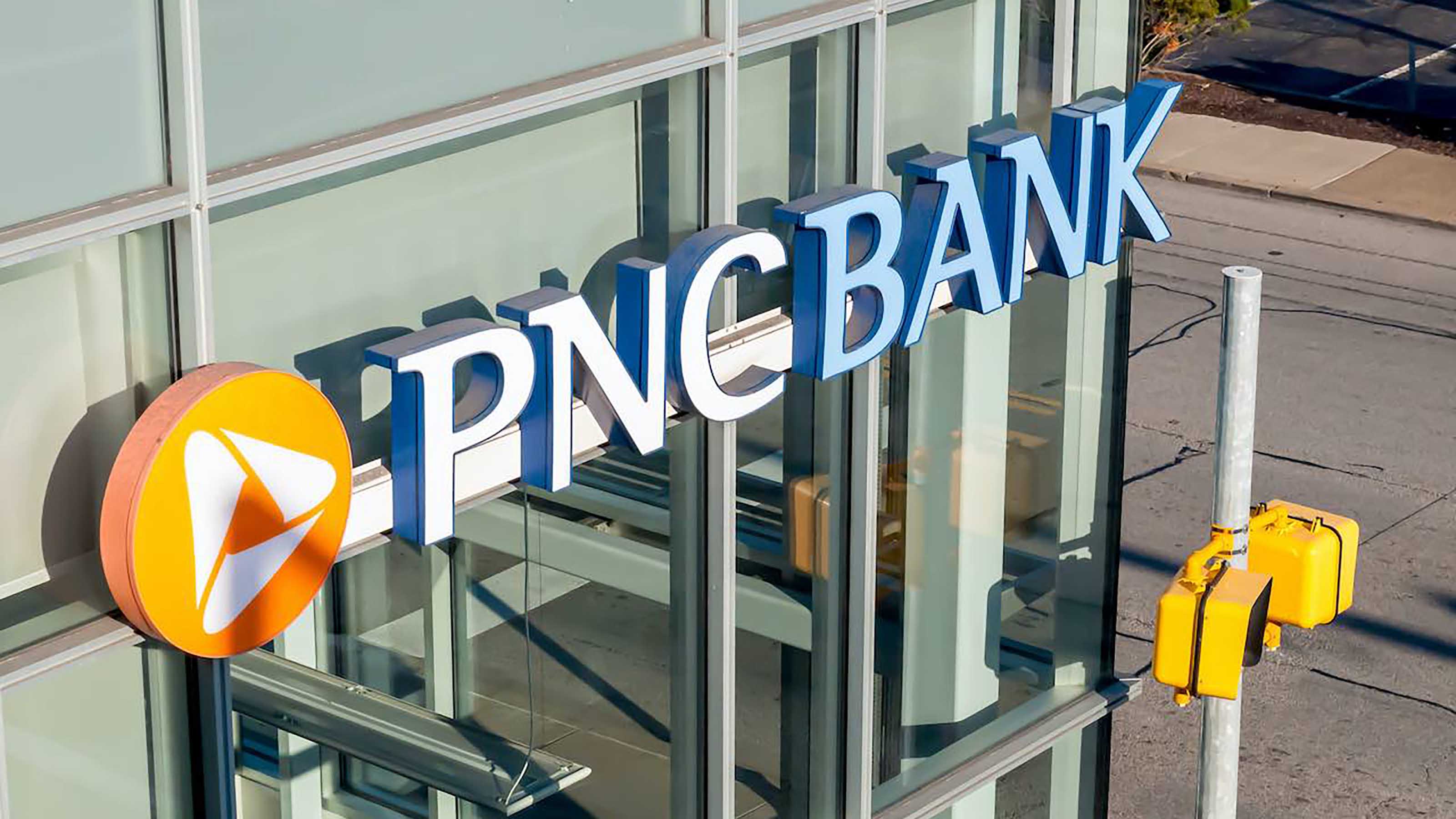
PNC Financial
- Market value: $74.6 billion
- Dividend yield: 1.8%
Pittsburgh-based PNC Financial (PNC, $158.09) is another large regional bank that serves 19 states and the District of Columbia. Following its fourth-quarter earnings announcement in mid-January, management said it favors dividend hikes over buybacks. We didn’t need much proof, considering that in July 2017 – following industry-wide stress tests – management raised the quarterly dividend 36% to 75 cents per share.
In 2016, PNC’s efficiency ratio (expenses as a percentage of revenue) came in at 52.5% – almost 10 percentage points better than the average of 62% among its large-bank peers. A low efficiency ratio translates to higher cash flows, which can be returned to shareholders through share buybacks or dividends – PNC’s own stated preference. Analysts at Bank of America/Merrill Lynch expect PNC, like many other banks, to be a beneficiary of higher interest rates this year.
Profit and prosper with the best of Kiplinger's advice on investing, taxes, retirement, personal finance and much more. Delivered daily. Enter your email in the box and click Sign Me Up.

Website: gorillatrades.com
LinkedIn: Gorilla Trades
Phone: (866) 222-6639
Ken Berman has been buying and selling stocks since he was a teenager and met with early success trading then-fledgling biotech stocks like Amgen, Biogen and Immunex. He later became a broker and worked for two wire houses, where he developed a proprietary system for buying and selling equities. In 1999, Mr. Berman formalized his method under the Gorilla Trades name and now has subscribers in the U.S. and 55 other countries around the world.
-
 Dow Hits New High Then Falls 466 Points: Stock Market Today
Dow Hits New High Then Falls 466 Points: Stock Market TodayThe Nasdaq Composite, with a little help from tech's friends, rises to within 300 points of its own new all-time high.
-
 The Best Vanguard Bond Funds to Buy
The Best Vanguard Bond Funds to BuyInvestors seeking the best Vanguard bond funds can pick between mutual funds and ETFs spanning maturities, credit qualities, tax treatment and geographies.
-
 Are You Afraid of an IRS Audit? 8 Ways to Beat Tax Audit Anxiety
Are You Afraid of an IRS Audit? 8 Ways to Beat Tax Audit AnxietyTax Season Tax audit anxiety is like a wild beast. Here’s how you can help tame it.
-
 The November CPI Report Is Out. Here's What It Means for Rising Prices
The November CPI Report Is Out. Here's What It Means for Rising PricesThe November CPI report came in lighter than expected, but the delayed data give an incomplete picture of inflation, say economists.
-
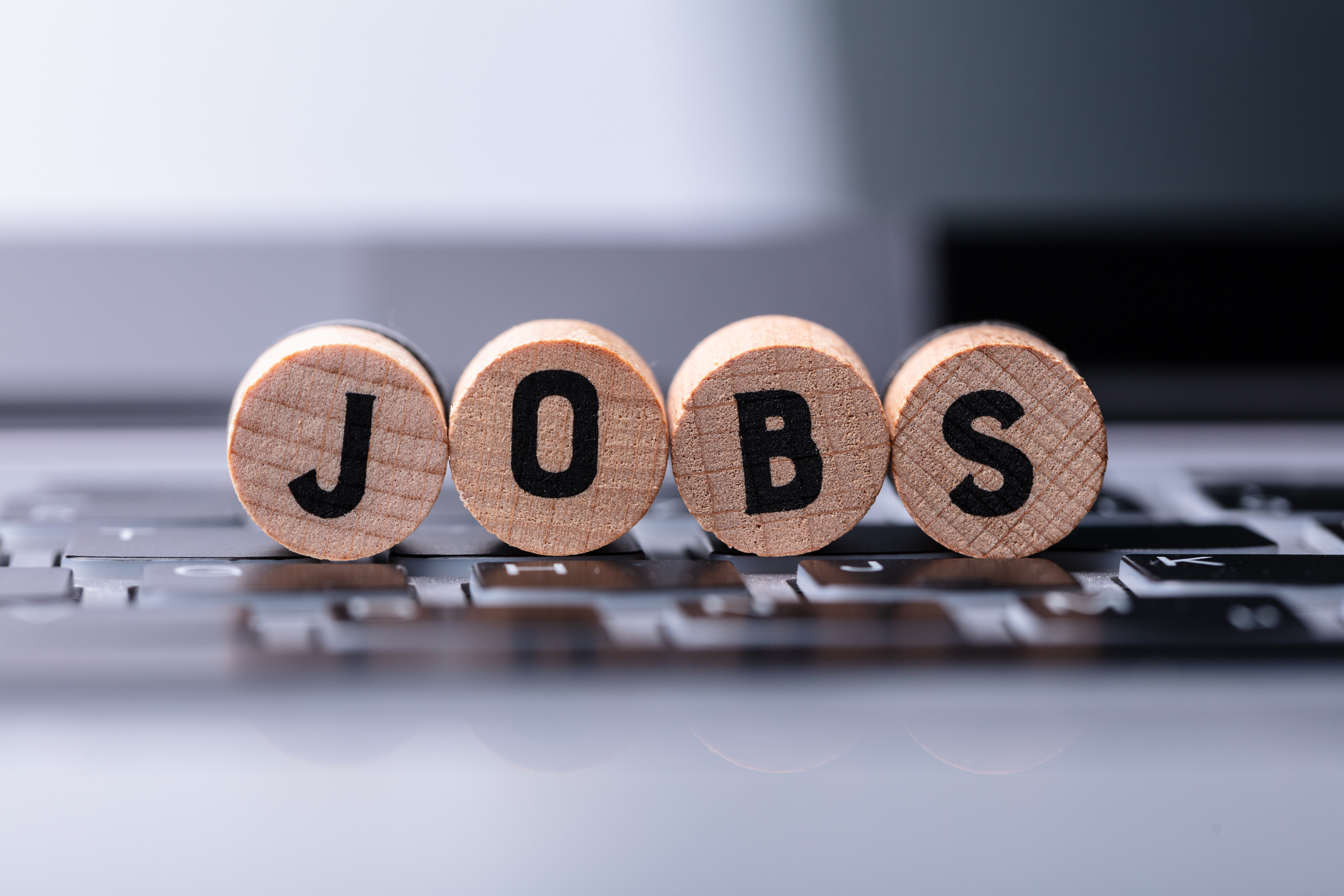 The Delayed November Jobs Report Is Out. Here's What It Means for the Fed and Rate Cuts
The Delayed November Jobs Report Is Out. Here's What It Means for the Fed and Rate CutsThe November jobs report came in higher than expected, although it still shows plenty of signs of weakness in the labor market.
-
 December Fed Meeting: Updates and Commentary
December Fed Meeting: Updates and CommentaryThe December Fed meeting is one of the last key economic events of 2025, with Wall Street closely watching what Chair Powell & Co. will do about interest rates.
-
 The Delayed September Jobs Report Is Out. Here's What It Means for the Fed
The Delayed September Jobs Report Is Out. Here's What It Means for the FedThe September jobs report came in much higher than expected, lowering expectations for a December rate cut.
-
 October Fed Meeting: Updates and Commentary
October Fed Meeting: Updates and CommentaryThe October Fed meeting is a key economic event, with Wall Street turned into what Fed Chair Powell & Co. did about interest rates.
-
 The Delayed September CPI Report is Out. Here's What it Signals for the Fed.
The Delayed September CPI Report is Out. Here's What it Signals for the Fed.The September CPI report showed that inflation remains tame – and all but confirms another rate cut from the Fed.
-
 Trade Uncertainty Sparks Whipsaw Session: Stock Market Today
Trade Uncertainty Sparks Whipsaw Session: Stock Market TodayVolatility is making a cameo here in mid-October, a generally positive month marked by its historic stock market events.
-
 Banks Are Sounding the Alarm About Stablecoins
Banks Are Sounding the Alarm About StablecoinsThe Kiplinger Letter The banking industry says stablecoins could have a negative impact on lending.
